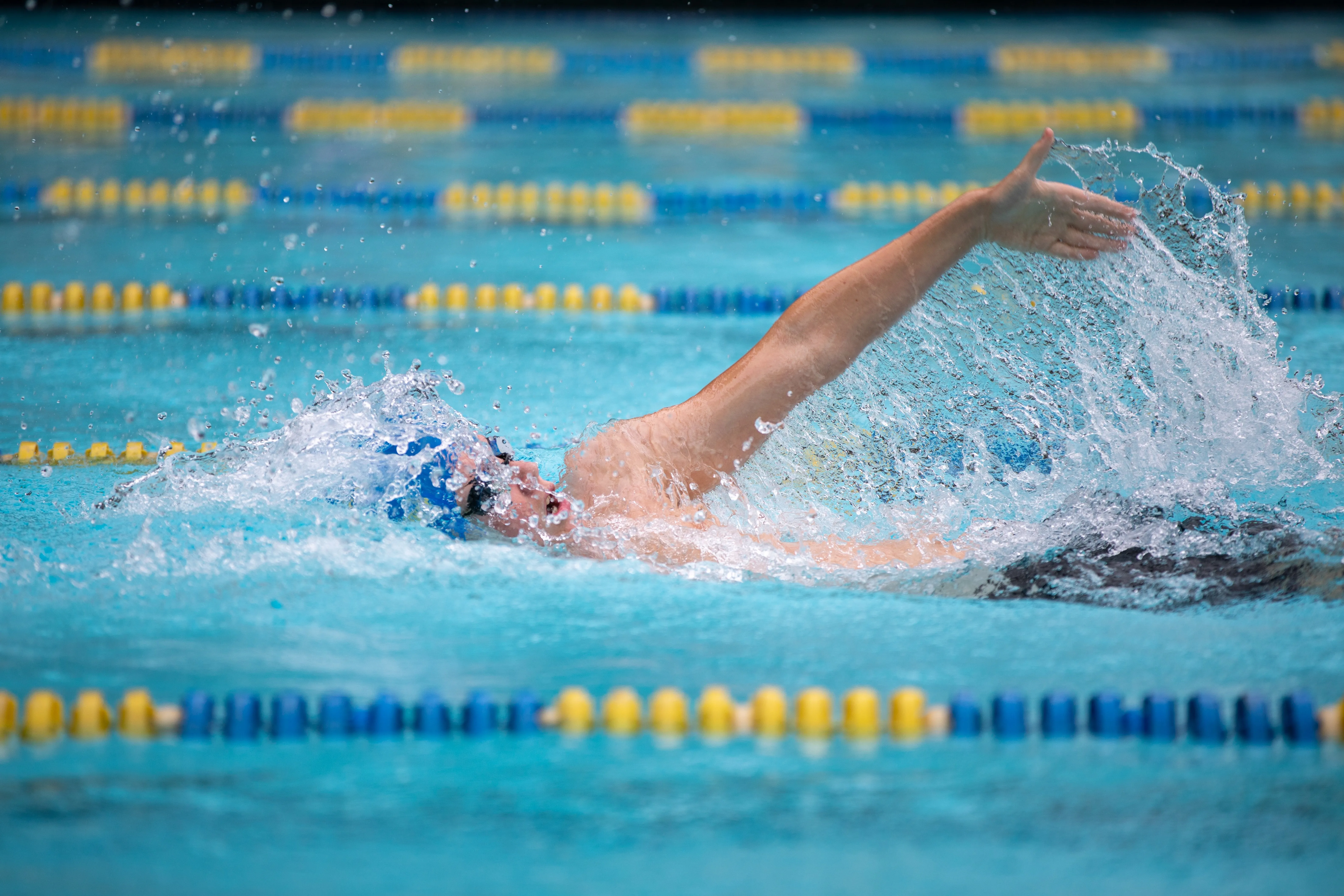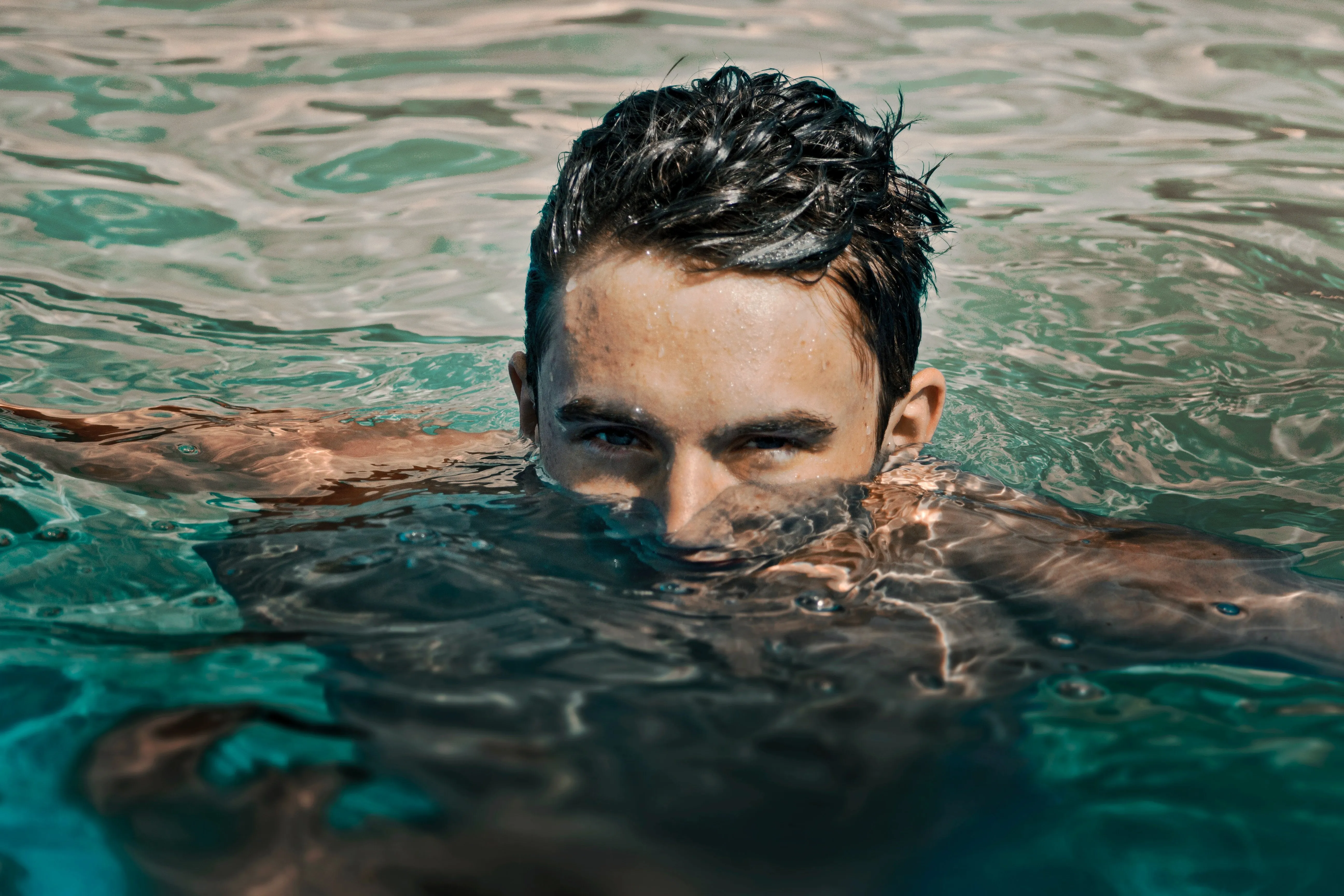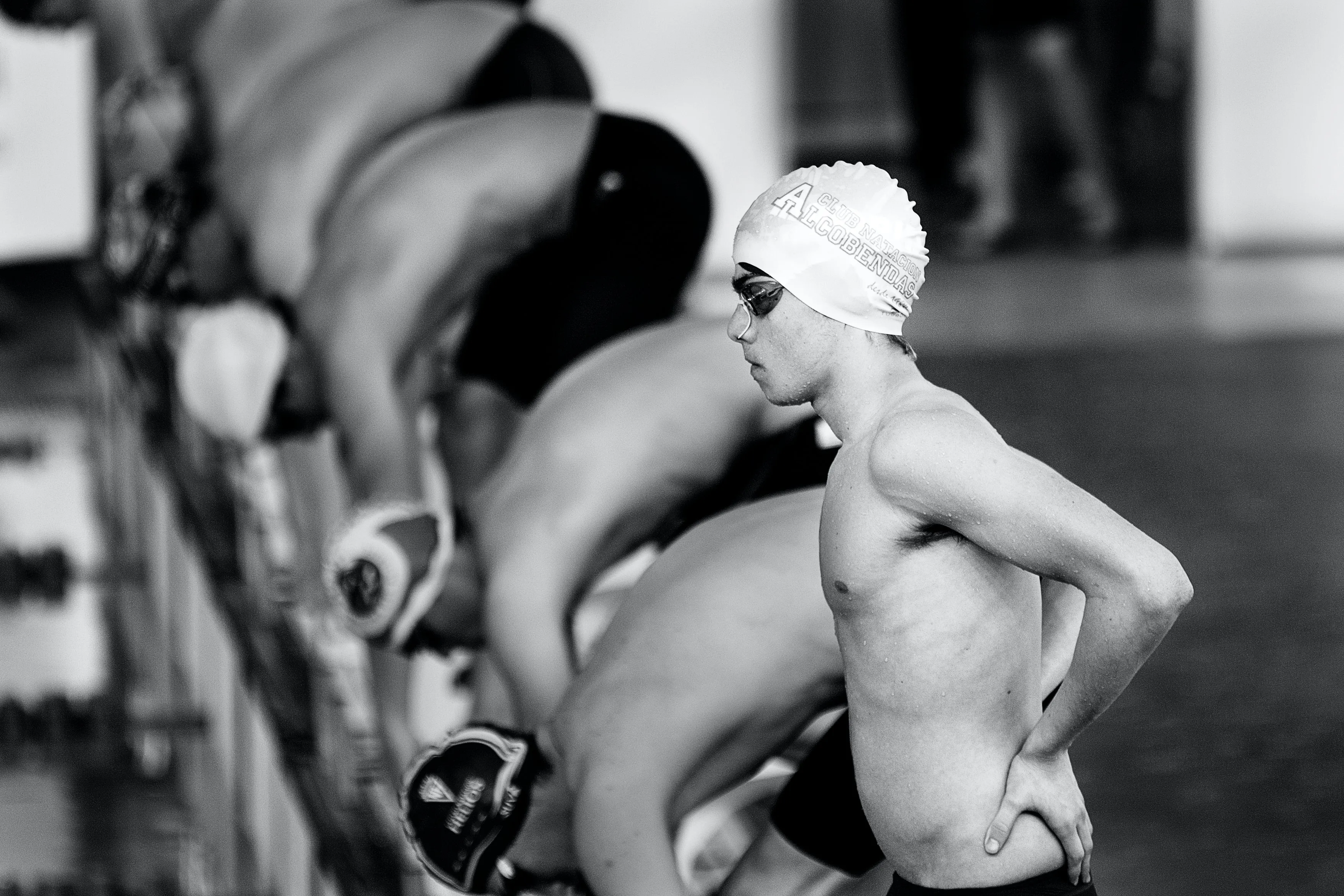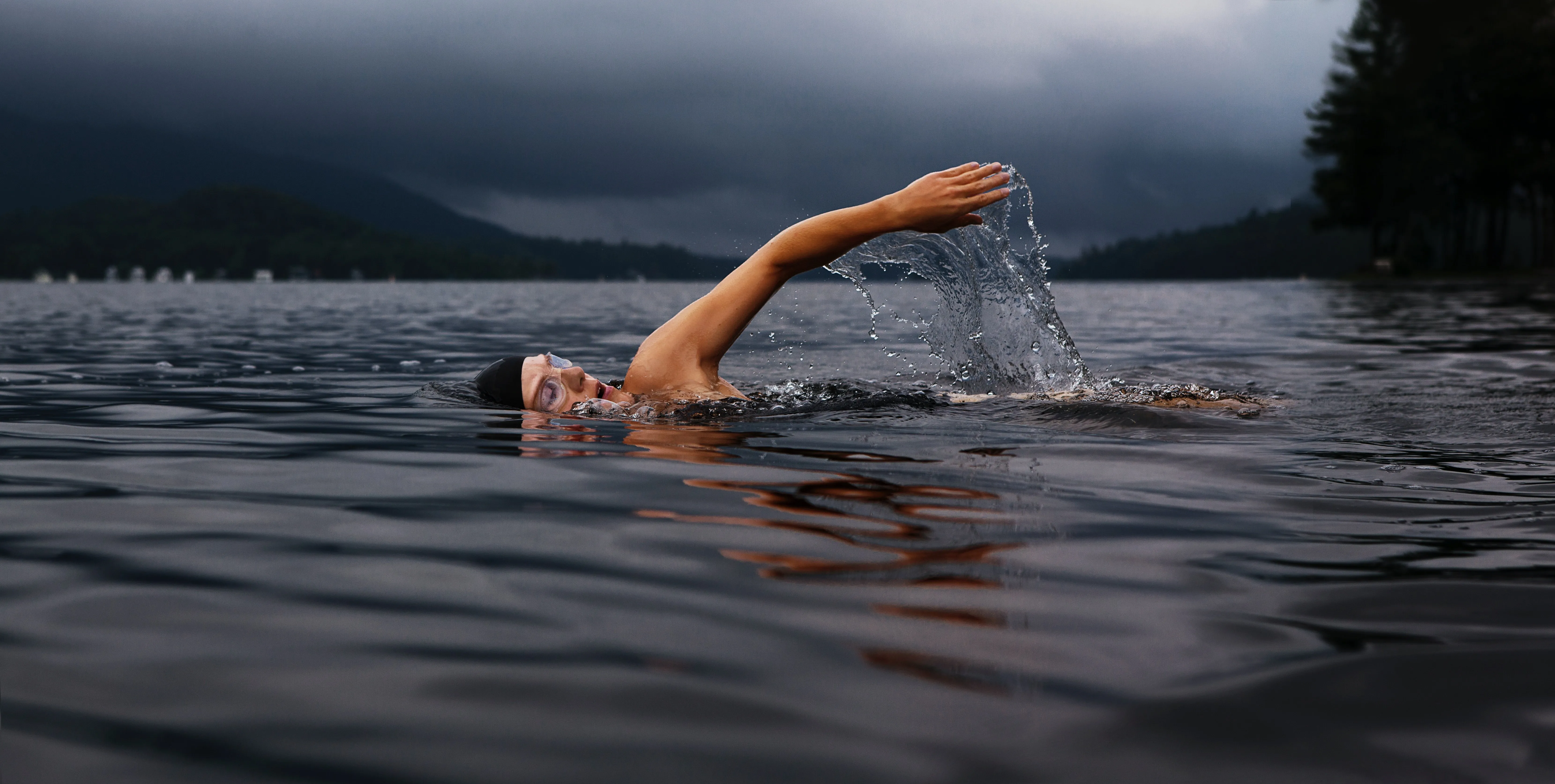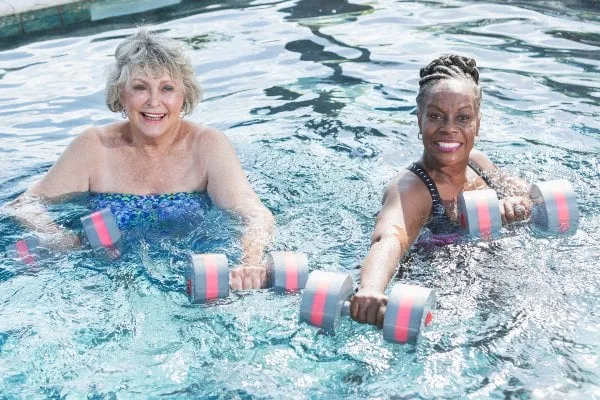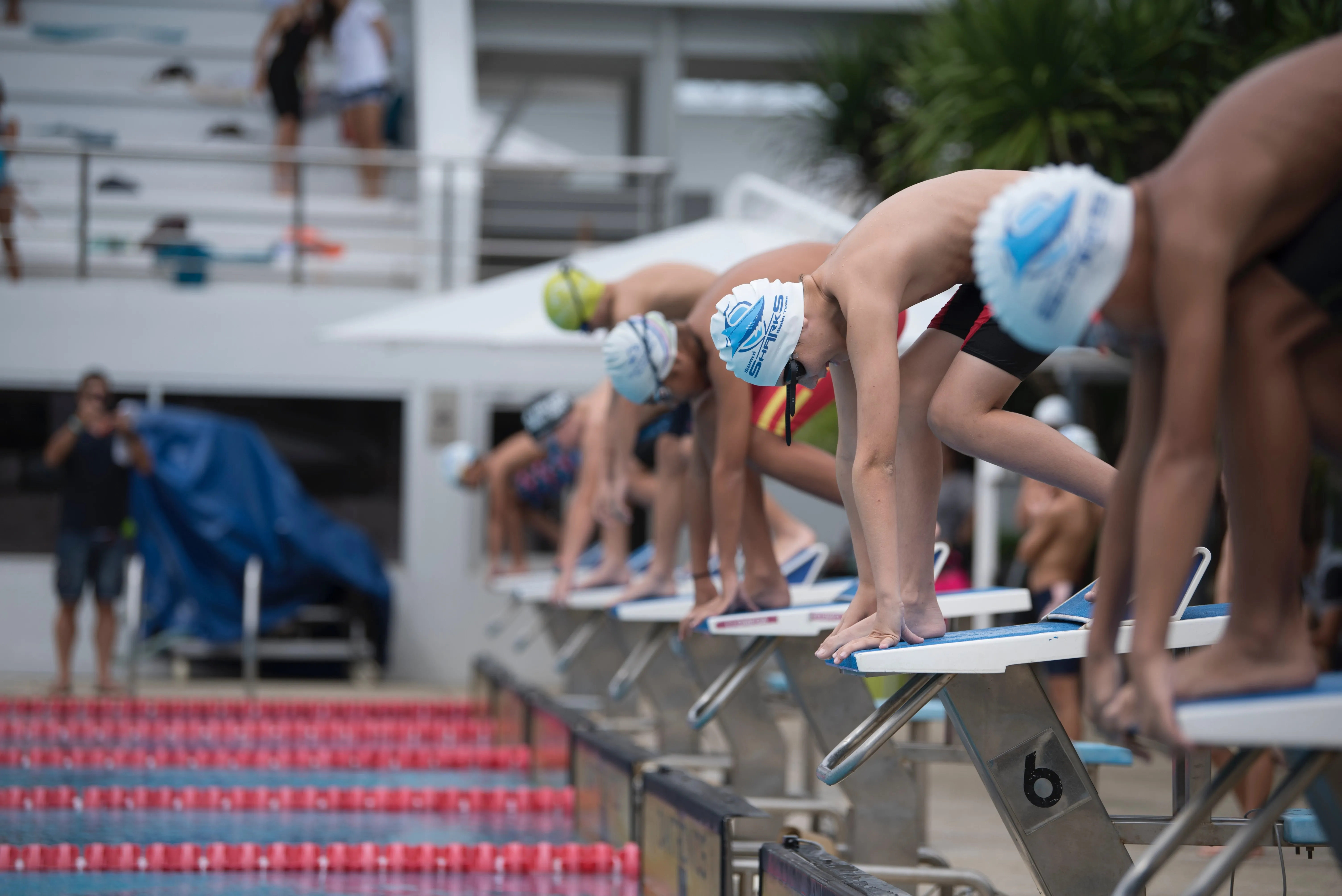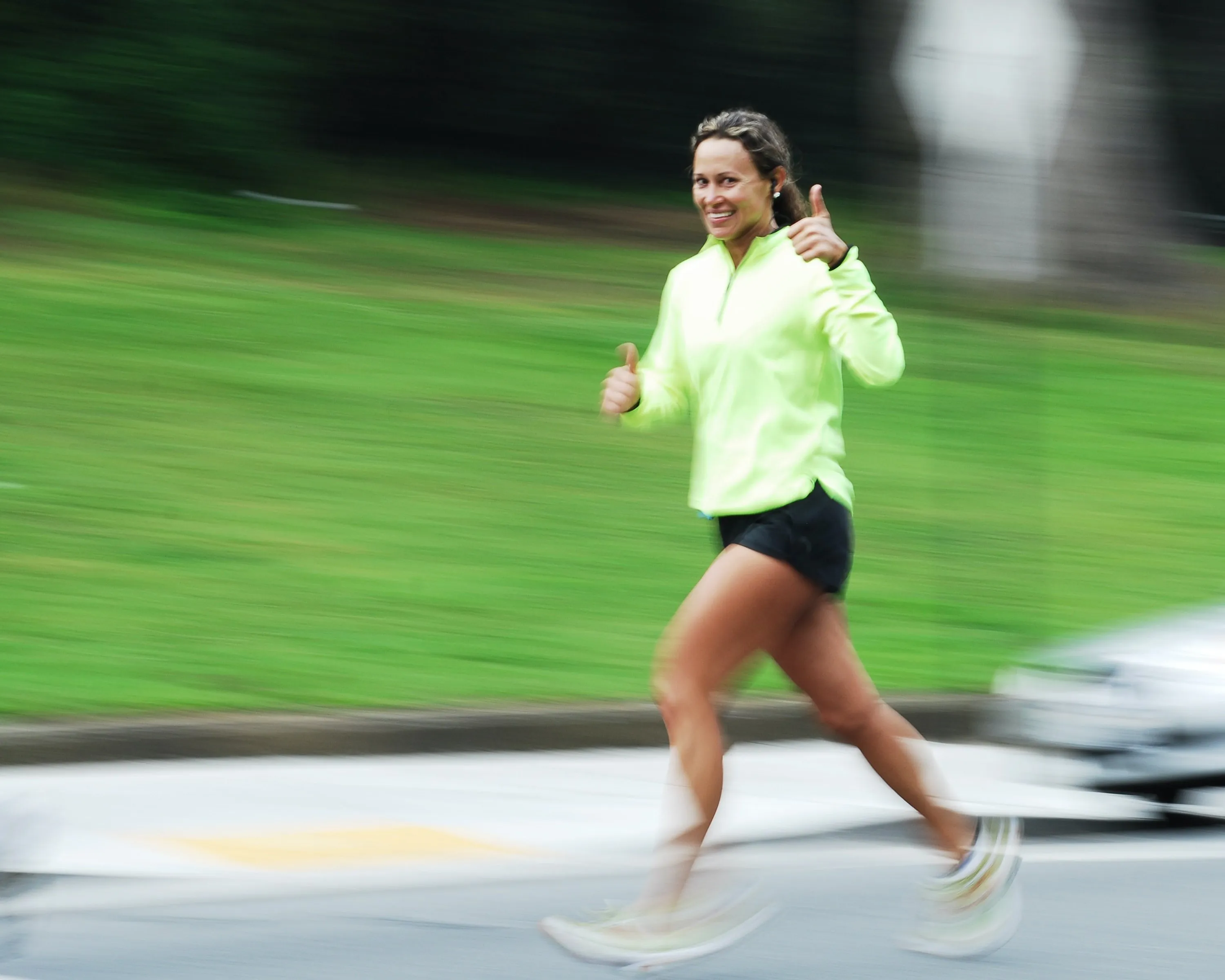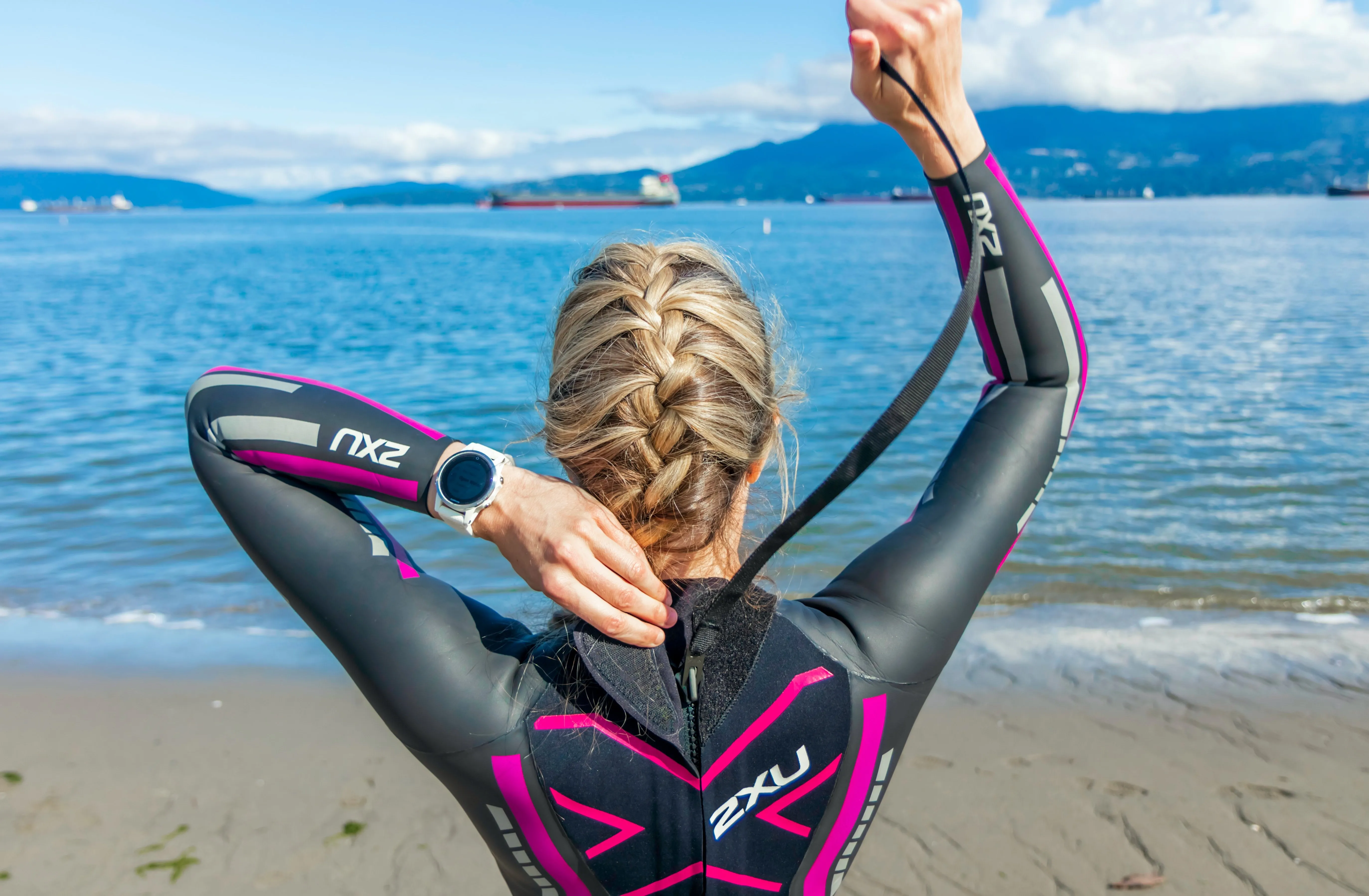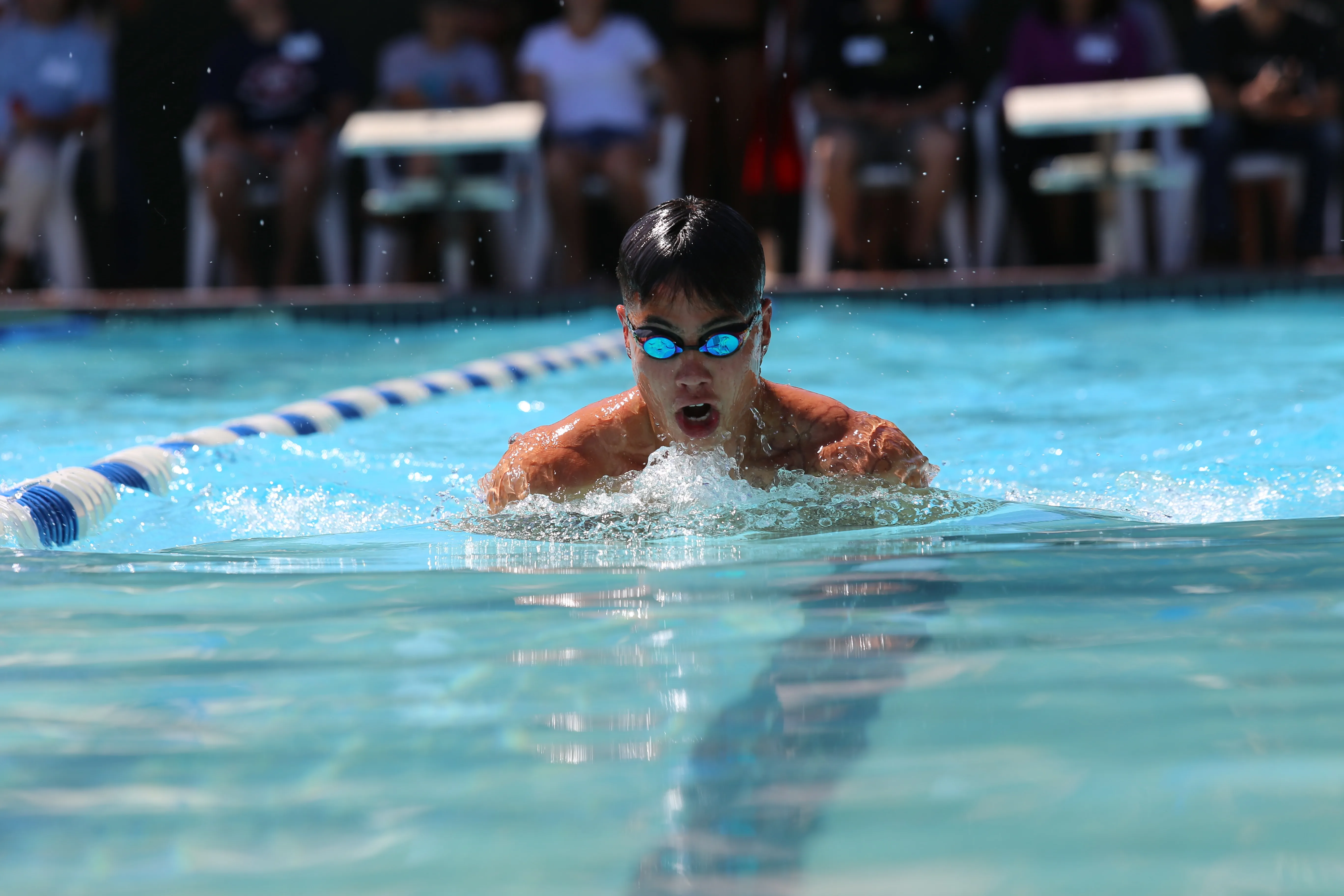Mastering the Four Strokes: From Freestyle to Butterfly
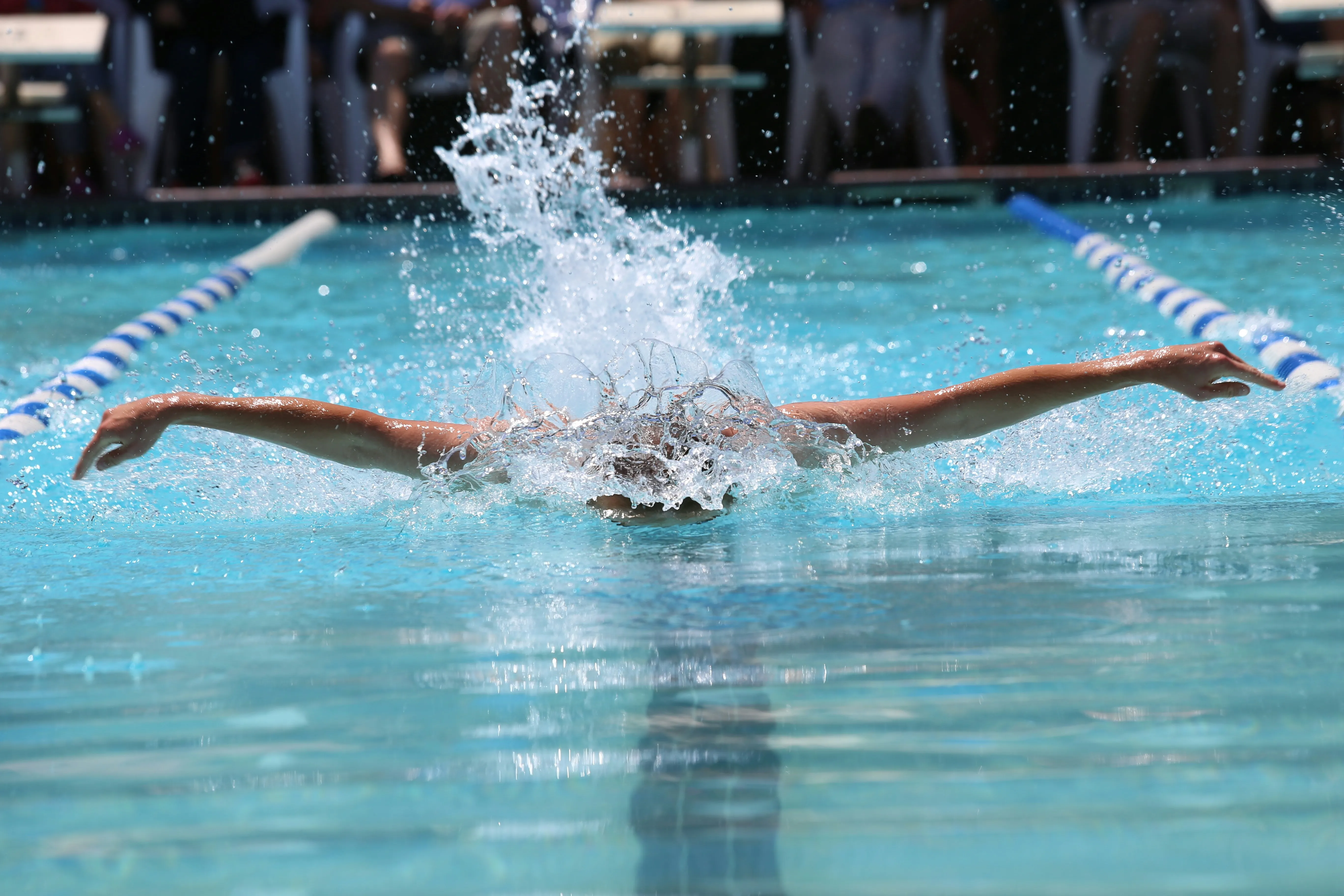
Swimming isn't just about staying afloat. It's a dynamic and powerful sport that combines strength, agility, and endurance. One of the key aspects that makes swimming so versatile is the variety of strokes one can master. Each of the four main strokes - freestyle, backstroke, breaststroke, and butterfly - has its unique rhythm, technique, and benefits. This comprehensive guide will delve into each stroke, offering insights and tips to help you master them.
Freestyle: The Front Crawl
Freestyle, also known as the front crawl, is the fastest and most efficient of the four strokes. It's often the first stroke beginners learn due to its relative simplicity.
Technique: The freestyle stroke involves alternating arm movements performed over the water's surface, a flutter kick, and lateral breathing.
Benefits: Freestyle swimming offers a full body workout and is excellent for building endurance and speed.
Pro Tip: A key focus in mastering freestyle is developing a consistent and effective breathing technique. Practice bilateral breathing (breathing on both sides) to maintain balance and streamline in the water.
Backstroke: Swimming on Your Back
The backstroke is similar to freestyle but executed on your back. It's the only stroke where you don't have to turn your head to breathe, making it a comfortable choice for beginners.
Technique: The backstroke involves an alternating windmill arm motion, a flutter kick, and a straight body position with your face above the water.
Benefits: Backstroke is excellent for strengthening the back and shoulder muscles. It also offers a reprieve from breathing control required in other strokes.
Pro Tip: Keeping your body straight and reducing drag is crucial in backstroke. Imagine yourself lying on a narrow board and try to stay within those imaginary lines.
Breaststroke: The Frog Stroke
Breaststroke, also known as the 'frog stroke', is arguably the most complex of the four strokes. However, its slower pace and unique technique often appeal to beginners and recreational swimmers.
Technique: Breaststroke includes simultaneous underwater arm motions, a frog kick, and coordinated breathing at each stroke cycle.
Benefits: Breaststroke is a fantastic total body workout, especially for leg muscles. It also allows swimmers to maintain a constant view ahead, which can be comforting for beginners.
Pro Tip: Timing is crucial for breaststroke. Ensure your arms have finished their motion before starting the kick for a balanced and efficient stroke.
Butterfly: The Most Challenging Stroke
Butterfly is considered the most difficult stroke due to its unique technique and strength requirements. However, mastering it can be a fantastic achievement for any swimmer.
Technique: The butterfly involves simultaneous overwater arm motions, a dolphin kick, and coordinated breathing at the peak of each stroke.
Benefits: Butterfly offers an intense full-body workout, particularly for the core and shoulder muscles. It also helps improve body coordination and rhythm.
Pro Tip: Butterfly is all about rhythm and strength. Be patient with your progress and focus on developing a strong and synchronised body dolphin motion.
Mastering the four main strokes of swimming is a journey of dedication, practice, and continuous learning. Each stroke has its unique charm and challenges, offering numerous benefits and lessons.
Whether you're gliding smoothly in freestyle, flipping through the water in backstroke, hopping along with the breaststroke, or flying with the butterfly, remember: every stroke tells a story. A story of your strength, your perseverance, and your passion for swimming. So dive in and let your strokes carve your unique tale in the canvas of water. Happy swimming!


